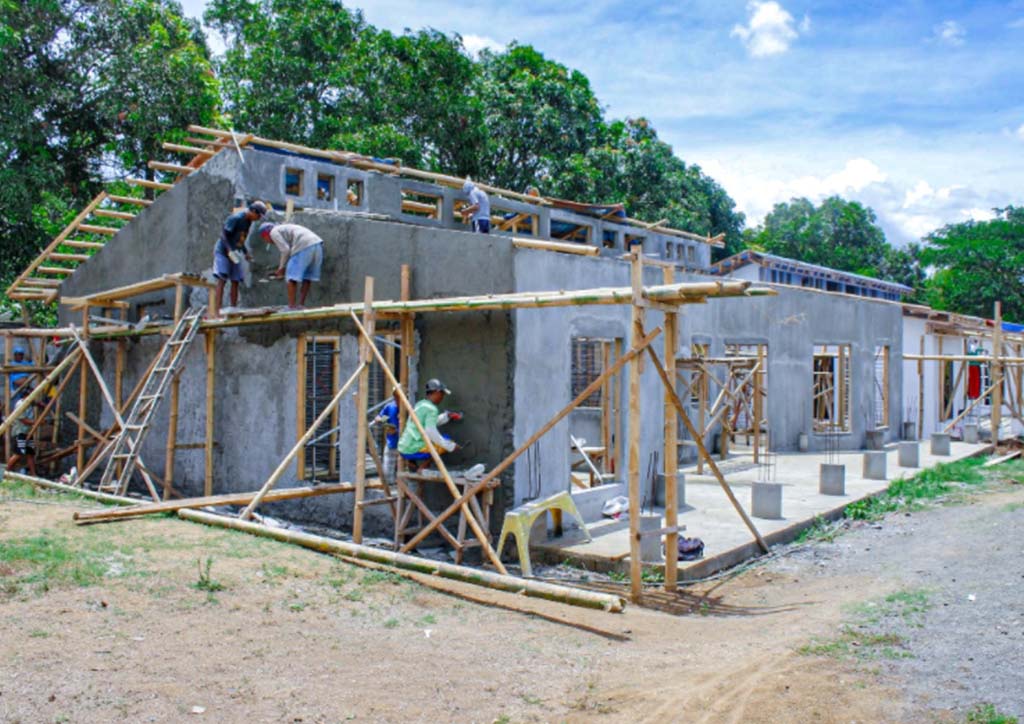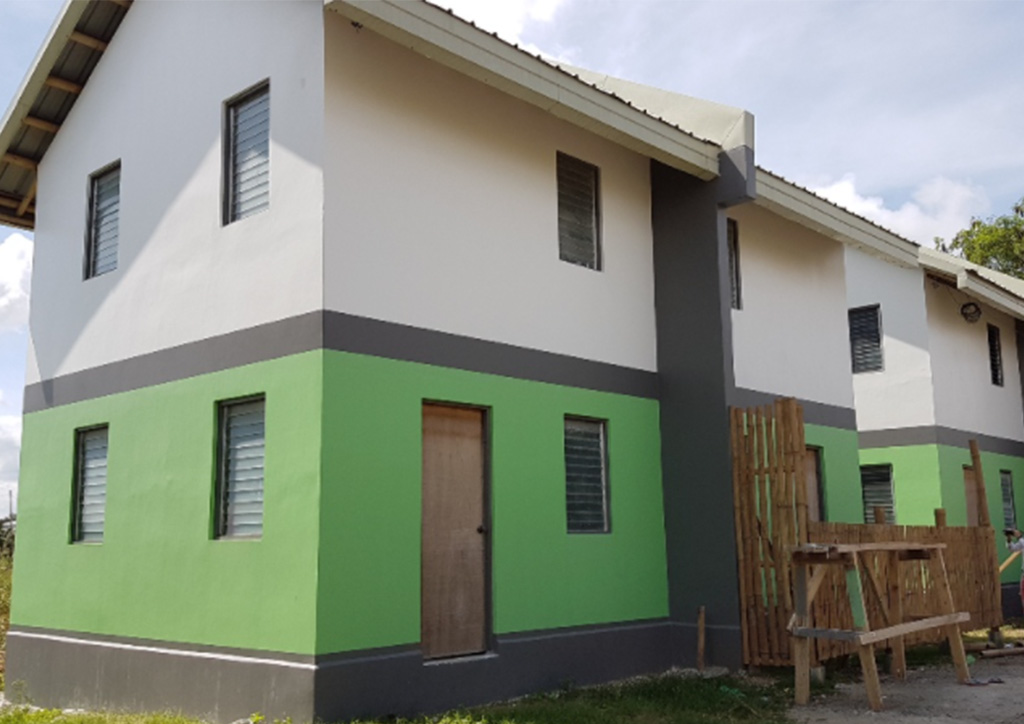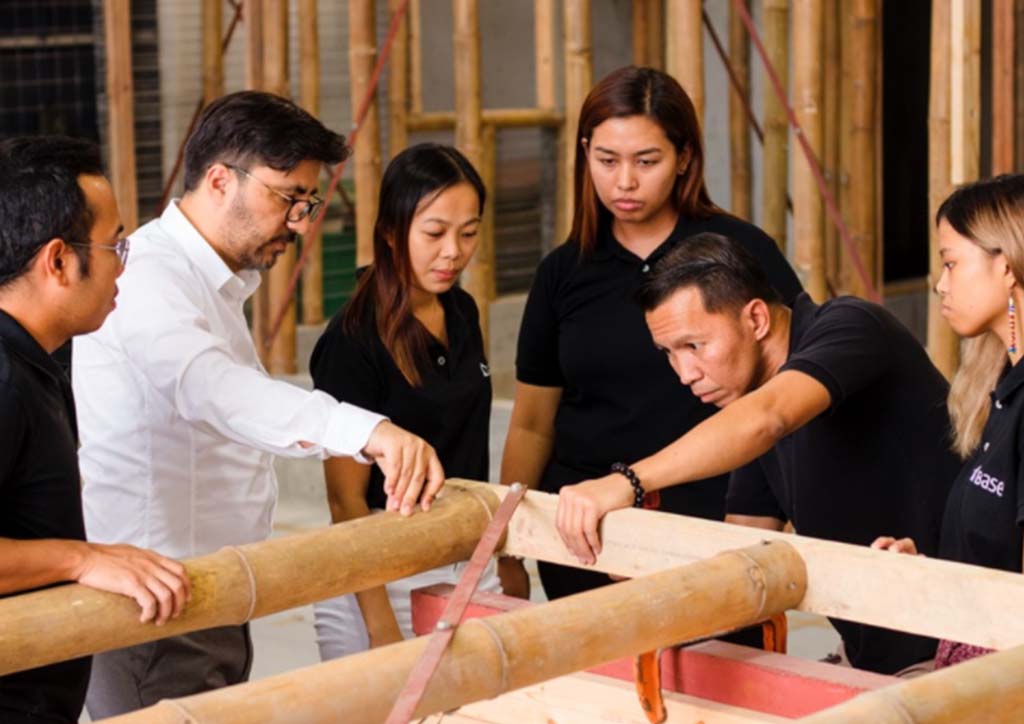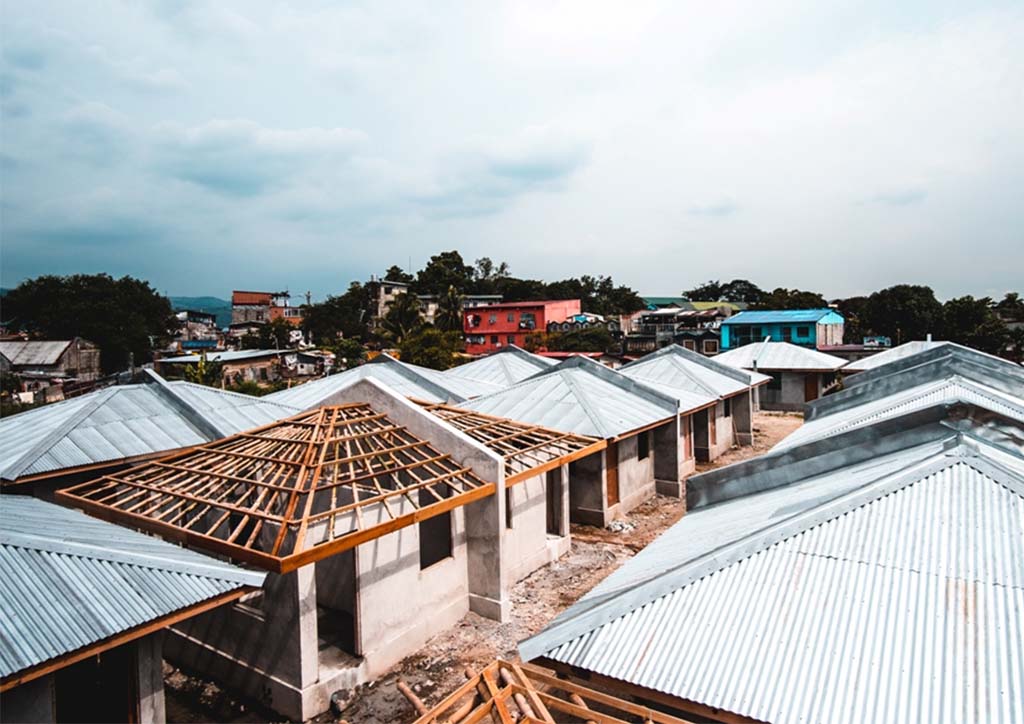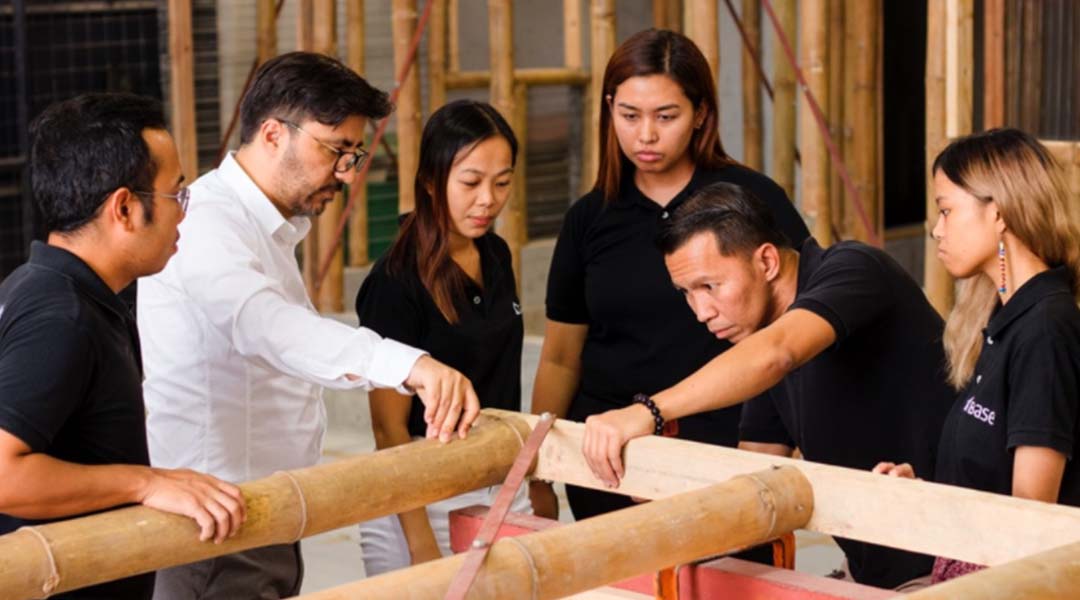
Base Bahay Foundation: Building Homes, One Bamboo at a Time
Base Bahay Foundation is a socially oriented non-profit established in 2014 as an initiative of the Hilti Foundation. Utilizing local, renewable raw materials to create sustainable and resilient housing solutions, the Foundation also provides training, planning, supervision, and quality control across the value chain.
The organization is also a pioneer in bamboo construction, and particularly advocates for the use of Cement-Bamboo Frame technology, a combination of bamboo housing and conventional technology, which makes for a permanent and durable structure. The Cement-Bamboo frame technology merges Philippine tradition and innovation with Latin American and European engineering and is accredited by the Accreditation of Innovative Technologies for Housing (AITECH).
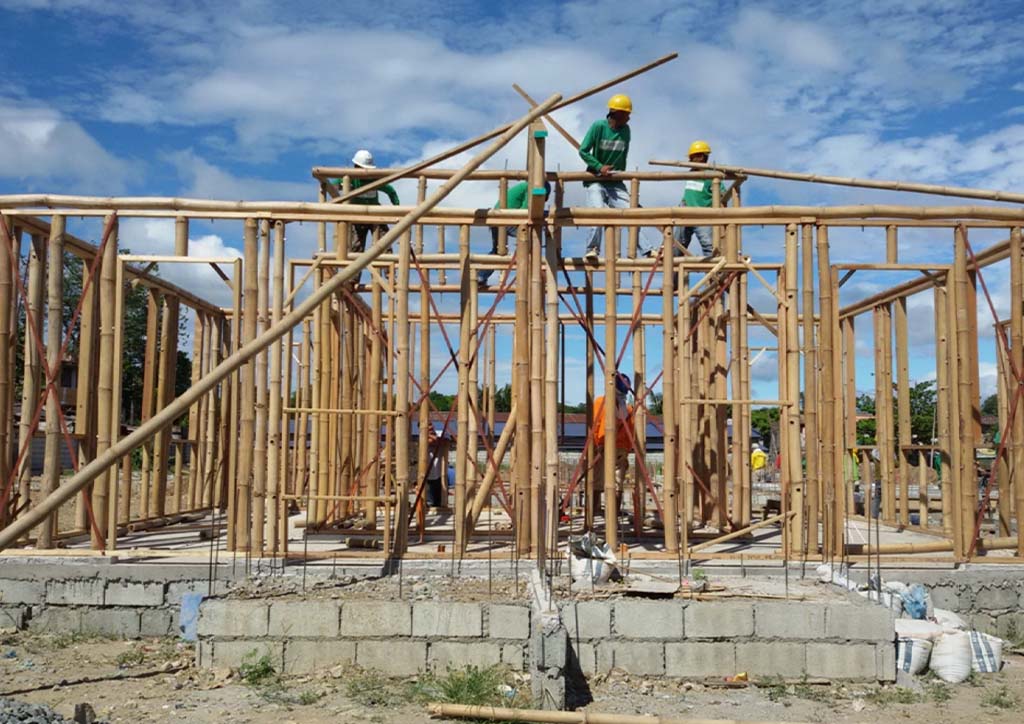
In an exclusive interview with Bluprint, we talk to the Head of Technology of BASE, Luis Felipe Lopez as he discusses sustainable designs using bamboo and their patented technology and what is in store for Base in the next coming years.
BP: It’s so inspiring the way Base Bahay Foundation has built 1000 permanent homes for people in need. How are you able to roughly estimate the number of houses to be built in a project? Or does this number come about after planning and allocating resources with your partner organizations?
Luis: The number of houses depends on many factors such as the size of the land, number of beneficiaries, needs of the community and the amount of resources available from the community and our partners. It can go from a small community of 20 families up to hundreds of homes per community.
BP: Base is the pioneer of Cement-Bamboo frame technology. Can you tell us more about this concept? Are there any latest developments?
Luis: The Cement-Bamboo Frame Technology is a bamboo shear wall system inspired by the bahareque encementado houses from Latin America, which are the traditional houses made of bamboo connected by metal bolts and plastered with cement. The idea is to come up with an alternative and sustainable solution to the housing gap with the use of local materials.
Since then, we have made it more cost-efficient through improvements in the areas of bamboo treatment, better and more efficient architectural design, improvements in construction methods and the whole value chain.
As to the materials, we have increased the use of bamboo not only for the wall frame and the roof trusses but also as an alternative to the metallic rib lath in the walls which holds the mortar plaster. This flattened bamboo is called Tad-Tad and it will provide better thermal and sound insulation. In addition, the house will have a lower carbon footprint.
However, the most important development is our Base Innovation Center (BIC). BIC is a materials and structures laboratory that is focused on the development of new technologies for social housing using sustainable materials. Of course our main material is bamboo, and this is why we are currently working with different local and international universities on research projects. The results of all this research will help us improve the quality of our houses and improve the efficiency of our technology.
BP: Base has discovered the potential of bamboo as a sustainable and durable material. Are there other variants of wood that Base is looking into utilizing in the future?
Luis: Timber is currently also scarce and largely depleted and most of the timber products in the Philippines are imported. And that’s why bamboo is a very good alternative even for timber because it grows very fast — around 10 to 15 cm every day — and you can have a structurally sound pole after only 3 years. At the moment, we use 2 varieties of bamboo – Bambusa Blumeana (kawayang tinik) and Dentrocalamus Asper (Botong or giant bamboo) — but we are testing other species such Bambusa Vulgaris and Bambusa Philippinenses. We are collaborating with other countries, helping them characterize their local species as well.
BP: When Base Bahay participates in rehabilitation projects, is there an instance where bamboo isn’t always available? If so, what are your alternative solutions?
Luis: There is always bamboo available in the nearby provinces and that’s why Base has strategically positioned our supply facilities across the Philippines to ensure that there is always a source of bamboo for housing.
Interestingly, when a very strong typhoon hits a community, very often that the community starts using bamboo for temporary shelters.
BP: What are Base Bahay’s upcoming projects and endeavors?
Luis: Beginning this year (2021), BASE began using new designs for the homes built with our Cement Bamboo Frame Technology. These designs reflect the very different cultural needs and wants in a home which differ from community to community.
The first Cement-Bamboo Frame house in Dauin, Negros Oriental, was designed by Kawayan Collective founder and architect Ray Villanueva breaking the stereotype that bamboo is only a poor man’s timber.
Conventional Materials are increasingly becoming scarce and more expensive, and, not to mention, they negatively impact the environment. In Batangas, the Kanya Kawayan office is adorned with local materials found in the very vicinity of the office such as bamboo and broken rocks.
We’ve been using more tad-tad (flattened bamboo) for the walls of our houses to further increase the use of bamboo and the homes more e environment friendly while providing livelihood for the farmers.
Currently, we also have community building projects lined up such as livelihood centers and talipapa.
Photos from Base Bahay website
